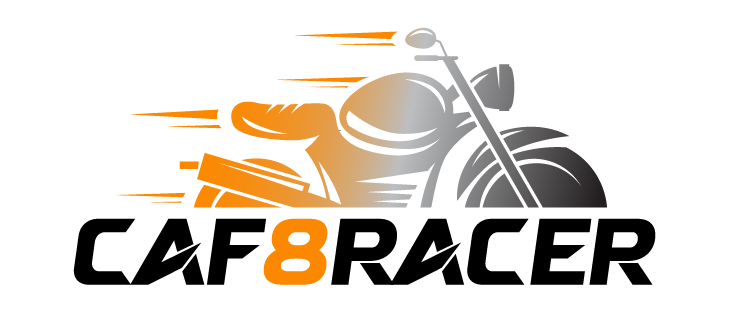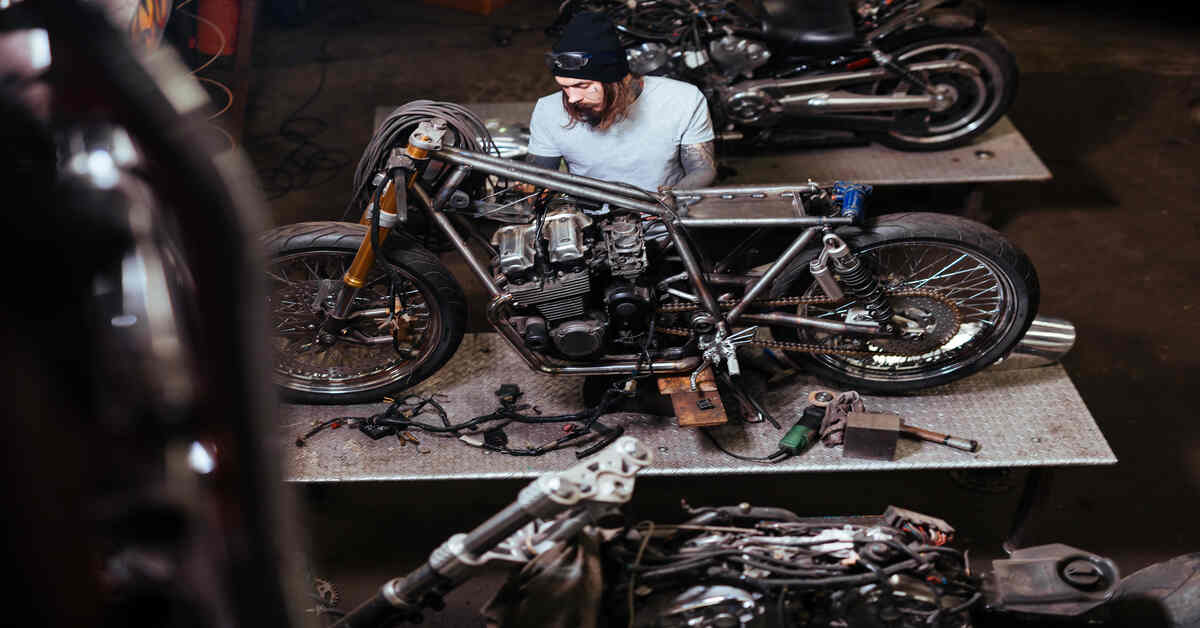Cafe racers offer a different kind of style, speed, and character that makes them popular among the lovers of motorcycles. Café racers began in the 1960s as a culture of the British motorcycle industry, which was marked by a minimalistic appearance and prioritization of performance. A cafe racer is not simply a compilation of parts rather it is an art that must involve the knowledge of the fundamentals of customization so that you can produce a bike that is not only personalized to the style you have but is also the most efficient in performance. In this guide, we are going to work on the best customization principles to build your ultimate cafe racer.
Making Sense of the Cafe Racer Aesthetic
It is important to be introduced to the cafe racer aesthetic before going into the details of customization. There are a number of characteristics that characterize this style:
- Smooth Lines and Minimalism: Cafe racers are often also designed in a sleek or minimal bodied design. It is aimed at losing weight and enhancing aerodynamics which adds to a sportier appearance and feel.
- Retro Influence: The design is in remembrance of the old traditional motorcycles of the old, the design may also include retro aspects including round headlights, simple gauges and retro inspired paint jobs.
- Racer Ergonomics: The riding position is very important with a forward leaning attitude which makes it better in control and responsive. Cafe racers are also characterized by the lower handlebars and rear-set foot controls, which add to the sportiveness.
Principles of Customization to Your Cafe Racer Build
Construction of cafe racer consists of a diversity of customization precepts, which comprise the aesthetics, performance and comfort. The following are the core values to be taken into account:
1. Begin with a Good Foundation
A successful cafe racer starts with the motorcycle frame. Given the following aspects:
- Selection of the appropriate Base Model: Although any motorcycle could be made a cafe racer, there are models that are better suited to the concept. The Honda CB series, Yamaha XS650 and Kawasaki Z series have become popular because of their vintage lines and aftermarket parts.
- Frame Modifications: There are some frame alterations, which can be made depending on what you see. This may include the removal of the rear subframe to make the tail shorter or new custom brackets may be added to the subframe.
2. Focus on Weight Reduction
Lightweight design is probably one of the characteristics of a cafe racer. To achieve this:
- Take OffThe Unnecessary Components: Strip the motorcycle down to the bare essentials by eliminating the unnecessary components, e.g. passenger footpegs, unnecessary wiring, and bulky stock parts.
- Select Lightweight Materials: New components should be selected with lightweight materials. As an example, parts made of aluminum or carbon fiber can reduce the weight by a large margin without losing strength.
3. Personalize the Aesthetic
Your cafe racer has to be unique through the visual appeal. Your customization decisions must be in accordance with your own style:
- Paint Job: You can paint your cafe racer by yourself in a unique way. Bear in mind traditional racing colors, pinstriping or a matte finish to make it modern.
- Seat Design: The seat is the centre of any cafe racer. You have the option of either altering the existing seat or designing a seat that suits the lines of the bike. Cafe racer seats tend to be low profile and may have leather or high quality vinyl as a vintage style.
- Accessories and Detailing: This includes the addition of distinctive accessories to the bike to make it interesting. This may be personalized mirrors, grips, or an old style headlight. Personal touches can also be made by decals or other custom badges.
4. Modernise Performance Components
Tailoring does not only relate to aesthetics, performance modifications are also essential to a cafe racer:
- Suspension: It will upgrade the suspension, which will enhance handling and comfort. Additional points to be considered include the installation of adjustable front forks and performance rear shock to improve the quality of ride.
- Exhaust System: A custom exhaust does not only help in improving the performance since it also cuts the weight, but it also helps in improving the sound of the motorcycle. Identify alternatives which give a traditional appearance but maximize the airflow.
- Brakes and Tires: Modern Brakes and high performance tires may greatly enhance safety and handling. Find a pair of disk systems in the front and make sure that your tires are good in grip and stability.
5. Furnish with Comfort and Ease
Cafe racers are supposed to be fast and stylish but comfort cannot be neglected:
- Position on the Handlebar: The handlebars may have a drastic effect on the position you ride on. The sporty appearance is made up by lower bars, which are not very comfortable during extended rides. Think about the compromise between comfort and style.
- Foot Peg Placement: Rear-set foot pegs are good to handle, but might not be comfortable to all riders. Try various positions to determine the most comfortable position.
6. Embrace the Community
Cafe racer construction does not involve only an individual activity but the inclusion into a bigger community. Forums/events for tips. Share builds in cafe racer builder stories. Exchange ideas with other fans, visit local biking events, and connect with online forums about cafe racers:
- Consulting Experts and Being Inspired: It can be beneficial to share the experience and consult with those who have been through the process as a way to get advice and be motivated.
- Display Your Build: When your cafe racer is done, there is no reason to keep it a secret. Post your own build process in your social media or motorcycle forums to find all those that share your interest.
Conclusion
The process of making the ultimate cafe racer is a satisfying experience that involves creativity, technical expertise, and an interest in motorcycles. Through following the principles of customization in this guide, you are able to produce a bike that has not only expressed your personal style but also provided you with an outstanding performance. You may be working on a vintage bike or working on a blank one but the bottom line is that it is the process that matters as much as the end product. There is no need to fear the ride, enjoy the challenges, and the one of a kind craftsmanship that is put into every build of cafe racers.








